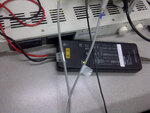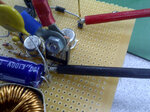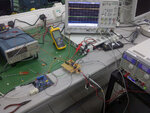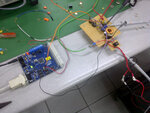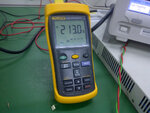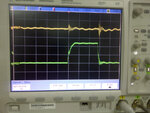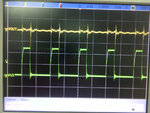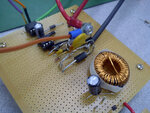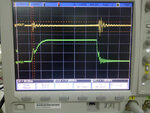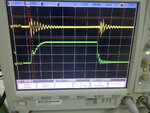- Joined
- Jan 22, 2008
- Messages
- 52,392
- Helped
- 14,748
- Reputation
- 29,778
- Reaction score
- 14,091
- Trophy points
- 1,393
- Location
- Bochum, Germany
- Activity points
- 297,965
Rgate is very high now according to the waveform. A trade-off between oscillations and losses seems necessary.
I would build the circuit on a RF stripboard with a continuous copper plane on the top side (with voids around the drilled holes) and add low impedance bypass capacitors for in- and outputs.
I would build the circuit on a RF stripboard with a continuous copper plane on the top side (with voids around the drilled holes) and add low impedance bypass capacitors for in- and outputs.
